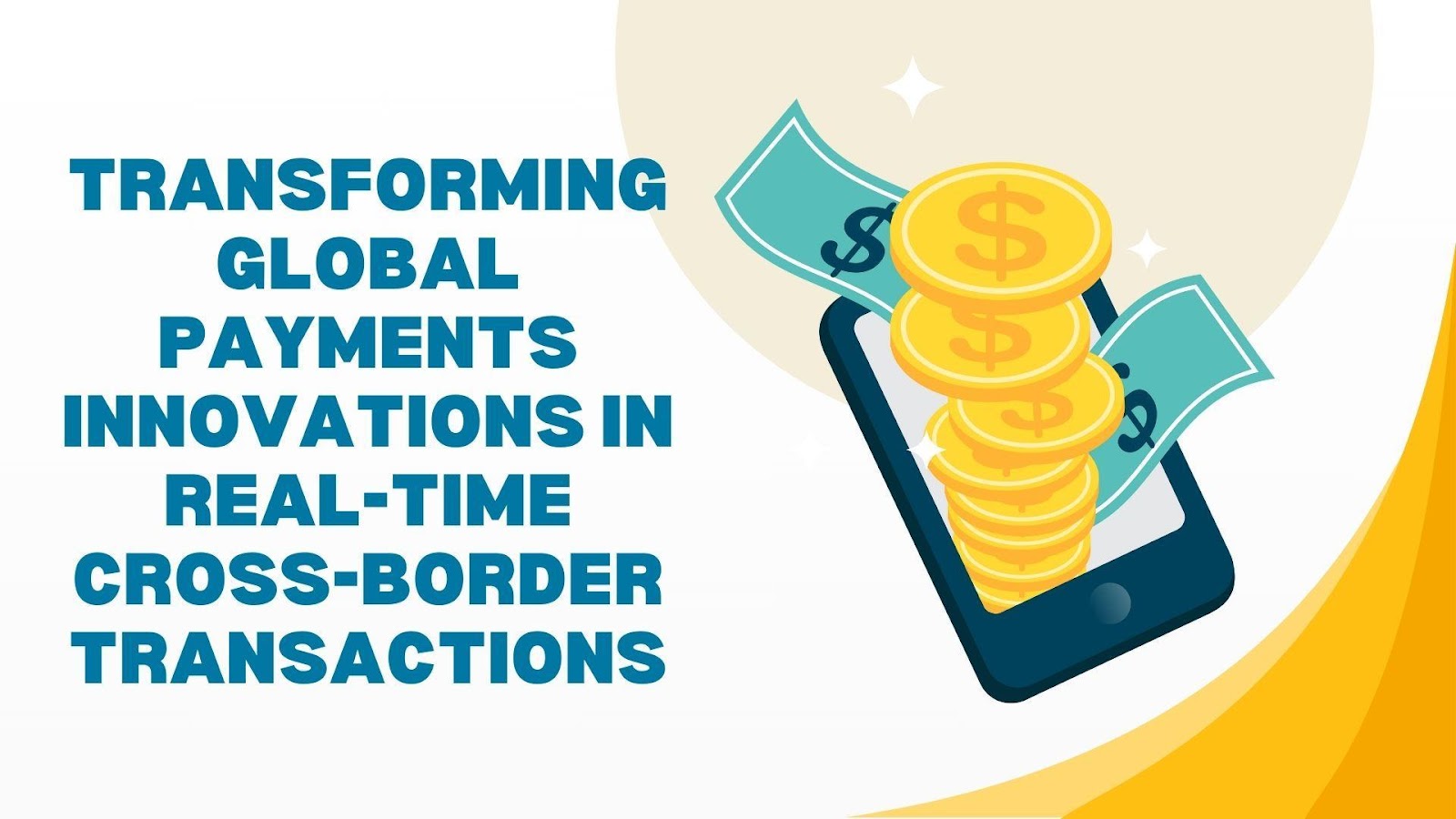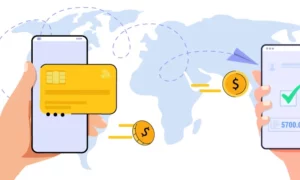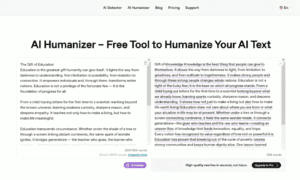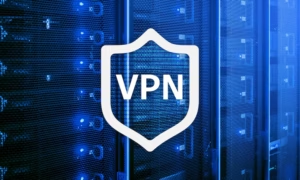In this modern era of globalization, the demand for seamless, real-time cross-border payments has never been greater. Chinnapa Reddy Yeruva, a distinguished expert in payment systems innovation, explores the dynamic landscape of instant global transactions. His work highlights the challenges and transformative technologies reshaping payment infrastructures, fostering efficiency, transparency, and accessibility for businesses and consumers worldwide.
The Current Landscape of Real-Time Payments
Global real-time payments have expanded rapidly, with transaction volumes exceeding 195 billion annually across 72 countries. Despite this growth, cross-border transactions lag behind domestic systems, often taking 2-3 days to settle and incurring significant costs. Real-time payment systems are projected to generate $424 billion in revenue by 2025. However, achieving this potential requires addressing regulatory, technical, and currency exchange challenges effectively while ensuring interoperability and operational efficiency across borders.
Overcoming Barriers to Cross-Border Payments
The complexity of cross-border payments systems from diverse regulatory frameworks, technical incompatibilities, and settlement risks. Financial institutions navigate an average of 4.8 regulatory frameworks per transaction, contributing to delays and a 27% rejection rate for first-time transactions. These challenges highlight the importance of streamlined regulatory compliance processes.
Currency fluctuations further complicate transactions, with global banks maintaining $2.5 trillion in pre-funded accounts to mitigate risks. Addressing these issues requires coordinated efforts to standardize processes, enhance technology, and foster international collaboration between financial institutions.
The Role of ISO 20022 in Standardization
ISO 20022 is revolutionizing cross-border payments by introducing a unified data format, enhancing automation, and reducing costs significantly. By 2025, 87% of high-value payments are expected to adopt this standard, driving a 30% reduction in processing costs and a 65% improvement in straight-through processing rates. This standardization simplifies global transaction processing.
Financial institutions implementing ISO 20022 report significant benefits, including faster settlement times (92% within 8 seconds) and a 48% improvement in payment tracking capabilities. This standard enhances operational efficiency while enabling long-term scalability and greater financial innovation opportunities.
Innovations Driving Transformation
Emerging technologies like blockchain, artificial intelligence (AI), and Central Bank Digital Currencies (CBDCs) are reshaping the global payments ecosystem dramatically. These cutting-edge innovations enable greater security, efficiency, and accessibility for users across global markets.
- Blockchain and DLT: These technologies reduce transaction costs from 3.5% to 0.9% and automate compliance processes, significantly enhancing payment processing efficiency across industries.
- AI and Machine Learning: AI-driven tools improve fraud detection by 64%, optimize transaction routing efficiency, and reduce operational costs by 45% for financial institutions globally.
- CBDCs: Representing 95% of global GDP, CBDC initiatives promise settlement times under 10 seconds and a 60% reduction in transaction costs, transforming cross-border payment processing dynamics.
Combined, these innovations streamline processes, improve accuracy, and enable real-time settlement, addressing many challenges associated with cross-border payments effectively.
International Collaboration: A Key Enabler
The success of cross-border real-time payments hinges on international cooperation and collaboration among stakeholders. Initiatives like the World Bank’s Global Payment Systems Survey highlight the benefits of public-private partnerships, which have attracted $76 billion in investment for payment infrastructure development worldwide.
Regional integration efforts, such as linking real-time payment systems across continents, demonstrate the potential for cost savings and improved efficiency significantly. Enhanced collaboration has reduced average remittance costs by 48%, benefiting businesses, consumers, and financial institutions across global markets alike.
The Road Ahead for Global Payments
As global economies become increasingly interconnected, the demand for efficient, transparent, and secure cross-border payment systems will continue to grow exponentially. Future advancements in ISO 20022, blockchain, AI, and CBDCs will further enhance scalability, reduce costs, and improve user experiences while fostering global financial integration.
Building on these innovations, financial institutions must focus on aligning regulatory compliance with technological advancements. This balance will ensure the continued evolution of global payment systems, benefiting businesses, consumers, and governments worldwide through efficient and transparent operations.
In conclusion, the transformation of cross-border payment systems represents a critical juncture in the global financial ecosystem. Chinnapa Reddy Yeruva’s insights underscore the pivotal role of emerging technologies and international cooperation in creating efficient, scalable, and transparent systems. As the landscape continues to evolve, these advancements promise to redefine global payments, fostering innovation, accessibility, and integration in an increasingly digital and interconnected world.



































